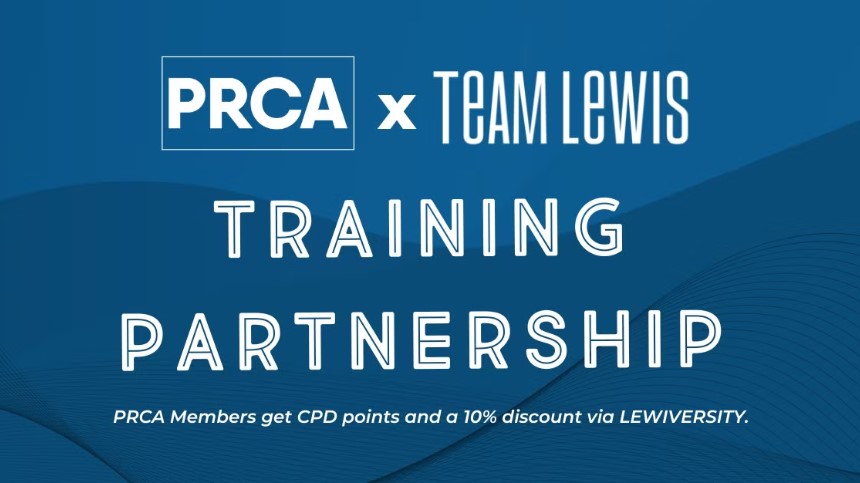
In the fast-paced world of PR, time is a precious commodity. Every minute spent inefficiently is a missed opportunity to generate positive media coverage, build brand reputation, and secure valuable client wins. Here’s where utilisation and recovery rates come in –– crucial metrics for understanding how effectively your PR agency leverages its resources.
What are Billable and Non-Billable Hours?
- Billable Hours: These are the hours directly dedicated to client work that can be charged to them. This includes tasks like media outreach, press release writing, crisis communication management, and social media engagement.
- Non-Billable Hours: Essential for agency operations but not directly chargeable to clients. Examples include:
- Internal Meetings: Brainstorming sessions, strategy discussions, and team briefings.
- Professional Development: Skills training, industry conferences, and attending networking events.
- Administrative Tasks: Timesheets, expense reports, and managing client databases.
- New Business Development: Pitching proposals, attending client meetings, and networking to attract new clients.
Utilisation Rate vs. Recovery Rate: Understanding the Difference
Let’s say your PR team works 40 hours per week. In a typical week they dedicate 30 hours to client projects (billable) and the remaining 10 hours to non-billable activities (research, professional development).
- Utilisation Rate: (30 billable hours / 40 total hours) x 100 = 75%
- Recovery Rate: Imagine you bill the client for all 30 billable hours, but due to minor revisions, you only receive payment for 28 hours. Your recovery rate would be: (28 collected hours / 30 billed hours) x 100 = 93%
Industry Benchmarks and Why They Matter
While there’s no one-size-fits-all benchmark, industry averages provide valuable context. For PR agencies, a utilisation rate of 70-80% and a recovery rate of 85-90% might be considered healthy. However, these numbers can vary based on your agency’s size, service offerings, and client base.
Why Track Utilisation and Recovery Rates?
These metrics offer valuable insights to optimise your PR agency’s performance:
- Identify Bottlenecks and Streamline Workflows: Analysing utilisation data can reveal areas for improvement. Are team members bogged down by administrative tasks? Are internal meetings hindering productivity? By pinpointing these bottlenecks, you can streamline workflows, delegate tasks effectively, and free up valuable time for client-focused activities.
- Make Data-Driven Resource Allocation Decisions: Utilisation rates provide crucial data on your team’s capacity. Can your current team handle the workload or are resources stretched thin? This information allows for data-driven decisions regarding staffing needs, project allocation, and potential hiring to ensure your team is neither overloaded nor underutilised.
- Identify Client Relationships That Drain Resources: Keeping an eye on recovery rates helps identify clients who might be demanding excessive revisions, scope creep, or late payments. These factors can lead to a low recovery rate, indicating a need to improve communication, manage client expectations, and protect valuable time and resources.
- Fine-Tuning Your Estimates: A low recovery rate might indicate projects are running longer than expected, impacting your bottom line. In such cases, it’s crucial to re-evaluate your initial estimates. Inaccurate estimates and client discounts can negatively affect recovery rates. By taking a closer look at your pricing strategy and potentially adjusting estimates to better reflect project complexity, you can ensure your agency is fairly compensated for its time and expertise.
- Benchmark Your Agency Against the Competition: While there’s no one-size-fits-all benchmark, utilisation and recovery rates offer insights into how your agency stacks up against the competition. Use this data as a starting point for improvement.
- Forecast Agency Profitability: These metrics provide insights into the agency’s financial health and potential for profitability. By tracking both, you gain a holistic view of time-to-revenue conversion, allowing for more realistic pricing on client work and forecasting future growth.
Conclusion
Tracking and analysing utilisation and recovery rates empower PR agencies to optimise their operations and maximise profitability. By identifying areas for improvement and implementing data-driven strategies, your agency can ensure its valuable time translates into impactful PR campaigns, leading to a healthy and sustainable business.
One way to get a grasp of your utilisation and recovery rates is to implement agency management software. These systems are designed to help track time more efficiently streamline process, simplify project budgeting, and generate insightful reports. With real-time utilisation and recovery rate data at your fingertips, you can make informed decisions faster, optimise workflows seamlessly, and ultimately see improvements across your agency.


